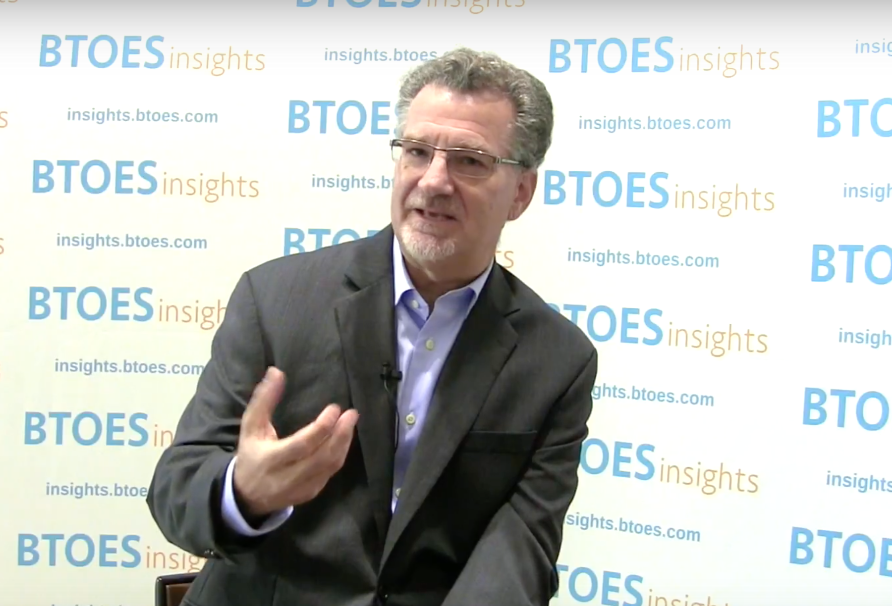Courtesy of Cisco, Yosi Kossowsky a synopsis of his speaking session discussing on Blue Room Effect, Organizational change and Project manager role.
The Blue Room Effect: A Change Management Parable on the Role of Effective
Change Leaders
It’s a common story: Organizational change is challenging. Years of experience in leading change programs and working closely with senior leaders has taught me that solving for change can be quite complex, but I’ve also learned some straightforward techniques that can be quite impactful. A common theme that often contributes to the failure of change initiatives is leaders who don’t understand or own the role of change leader. An effective change leader considers and clearly transmits the key details of the change - why the change is happening, what is changing and by when the change is needed - to the people who will be implementing or impacted by the change. See if you can relate to the parable of the Blue Room Effect. A director walks into a meeting and instructs his team: “We need to paint the conference room blue.”
One of the team leaders says, “Okay, sure. We'll get that done for you.” Following the meeting, the team leader assigns a project manager to create a time- and cost-estimate plan for painting the conference room blue. The project manager takes a week to pull together a team to survey the room and scope the project. When they get to the room, someone in the team asks, “What exactly are we painting blue? The walls, the chairs, the table?” Another team member asks, “What shade of blue?”
The third team member wonders, “Why? Why are we painting the room blue?” The project manager responds with a curious look, “Hmm, I don't actually know, but I'll go find out.”
She then emails her team leader the list of questions. The leader reads the email and realizes that he doesn’t know the answers. Recognizing that it’s been a week since he first received the assignment, and feeling uncomfortable, he delays a day or so before emailing the director with these questions.
When the director, whose inbox is overflowing with emails, receives the message and sees that it’s longer than one line, he marks the message to be read later.
When he finally returns to the message, some days later, and reads the first line, which happens to be “What shade of blue?,” he is dumbfounded. He assumed the project had already been completed. As he continues to read, he starts to feel frustrated, saying to himself, “I asked them to do this weeks ago; why have they waited so long?”
He sends an irritated replay that any shade of blue is fine, and that this needed to be done yesterday.
The team leader doesn't know what to do with the reply, as two more important questions are still outstanding. At the next meeting with his director, after taking the heat for the incomplete project, he gets the needed details and forwards them on to the project manager, along with a directive to get it done ASAP.
The project manager, who has already picked up additional projects in the meantime, takes a few days to provide the time- and cost-estimates to her manager. Finally, three weeks and many wasted works hours later, the conference room is painted blue. I see some version of this taking place with disquieting regularity. When leaders neglect to explain the complete what along with the why and by when – and when they neglect to confirm understanding of their directives – it’s no surprise when mayhem ensues.
Ideally, when the director first assigned the task, they would have considered and clearly transmitted the key details of the change. Barring that, there was opportunity for the team leader to immediately ask for clarification. After interviewing many leaders, it seems the underlying factor at play is that their primary focus is on business outcomes to the exclusion of transmission of information needed by those who will be implementing, and affected by, the change.
With this in mind, let’s replay the Blue Room scenario with an effective change leadership focus: What if, upfront, the director had explained he wanted the conference room walls painted blue because IKEA was coming in for a big meeting on Tuesday. A room in their corporate color would indicate dedication and commitment to their agenda, thus improving the chances of the deal being signed.
In this improved scenario, the team would have immediately understood the purpose (the why), the time frame (the when), and some of the important details (the what) that would ensure the successful and timely completion of the project. Developing the habit of considering and communicating the key details of change is the first step in being an effective change leader.
I look forward to sharing with you a comprehensive picture of effective change leadership behaviors that have been proven to increase the successful implementation and adoption of change initiatives.

About the Author

Yosi Kossowsky,
Culture and Business Change Management Leader,
Cisco
BTOES.com
BTOES is the industry’s biggest and best, senior-level, cross-industry gathering of Business Transformation & Operational Excellence industry leaders and senior executives.
It also hosts the Business Transformation & Operational Excellence Awards, which showcase globally the most outstanding organizational achievements through the application of Operational Excellence programs.
The summits hosts a number of private forums for C-Level & Global corporate-level leaders as well as business unit heads.
With over 150 speakers, over 100 sessions, 12 Keynotes, 9 Track Themes, 5 parallel tracks, 60+ track sessions, 50 roundtable discussions, 20 Interactive Workshops, 6 Thought Leader Panels, 5 Leaders Boardrooms, 5 co-located events, the Industry Awards Program, Site Visits, 20+ hours of social networking including 2 gala cocktail parties, dinners, numerous group activities, this is the ultimate event to benchmark, network and drive Operational Excellence to the next level.
Quick Links
Speakers
Agenda
BTOES Awards
There is a strong focus on Cultural Transformation, Customer Delight, Sustaining an Operational Excellence program, Need for end-to-end Business Transformation, Keeping up with new technologies/impact of digitalization and Leadership Buy-in & Understanding. We dedicated two tracks to advanced technologies, such as AI, Machine Learning, RPA, Predictive Analytics, Blockchain, Cloud infrastructure etc.
The agenda is designed to encourage active meaningful conversations though all day enhanced networking and interaction opportunities, including
-
All-day Refreshment & Themed Breaks
-
1¼ Hour Hot Breakfast Networking Sessions
-
1½ Hour Hot Plated Networking Lunches with Topic & Industry Sector focussed tables
-
1½ Hour Roundtable Sessions by Topic & Industry Sector.
-
Keynote & Themes Panel Sessions
-
Hosted Welcome Receptions from 5.30pm
-
Expanded more lavish Awards Program
-
Newly launched Night Summit for attendees to meet after dinner
For more information or to discuss the summit in more detail please schedule a call below,
Click here to schedule a call.














































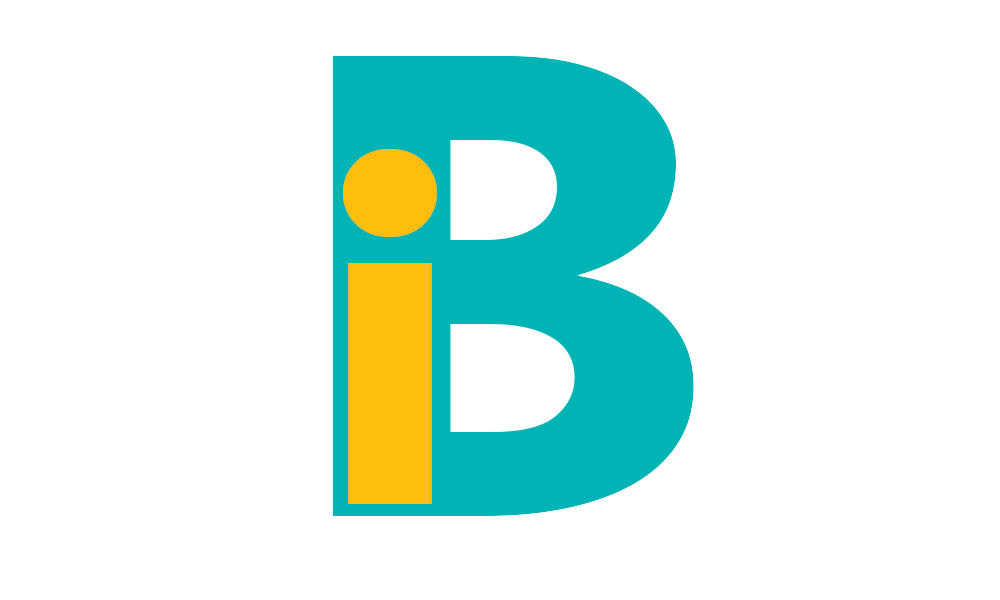




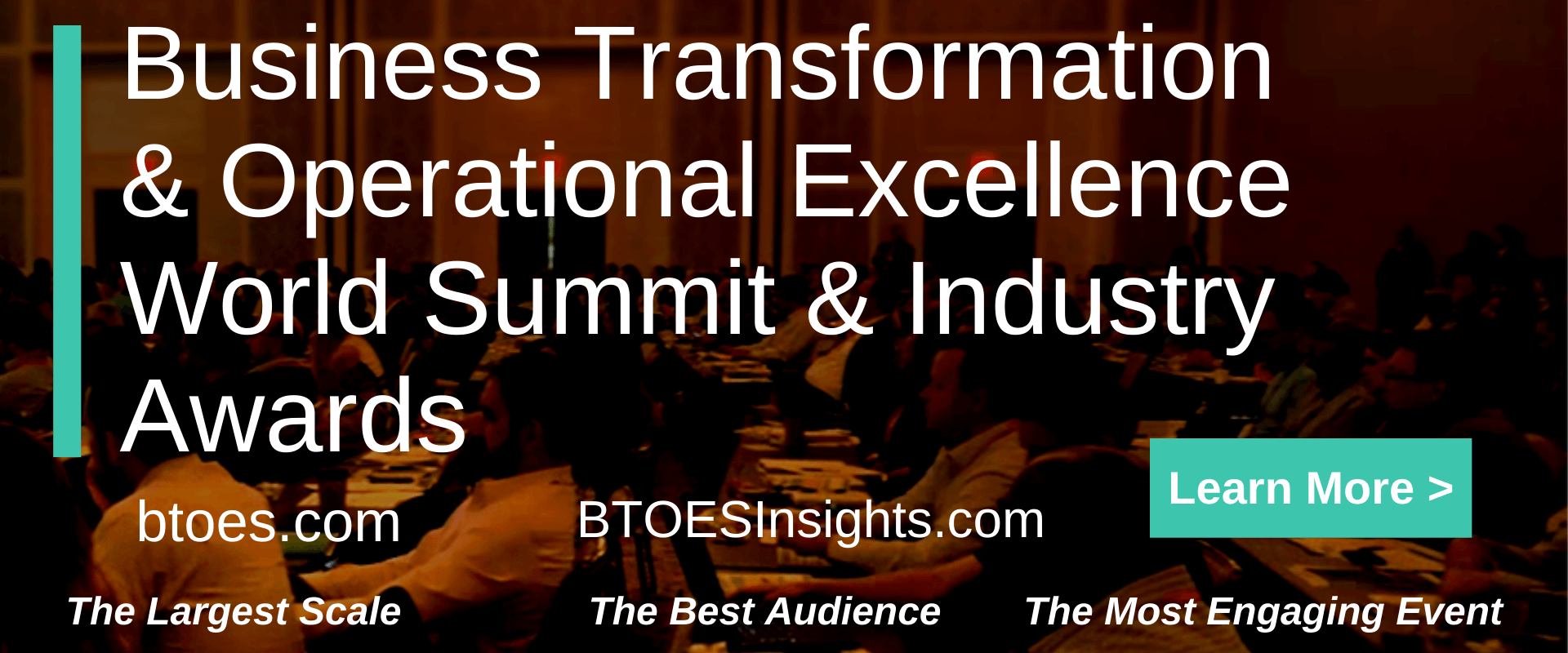
-2.png)
-2.png)

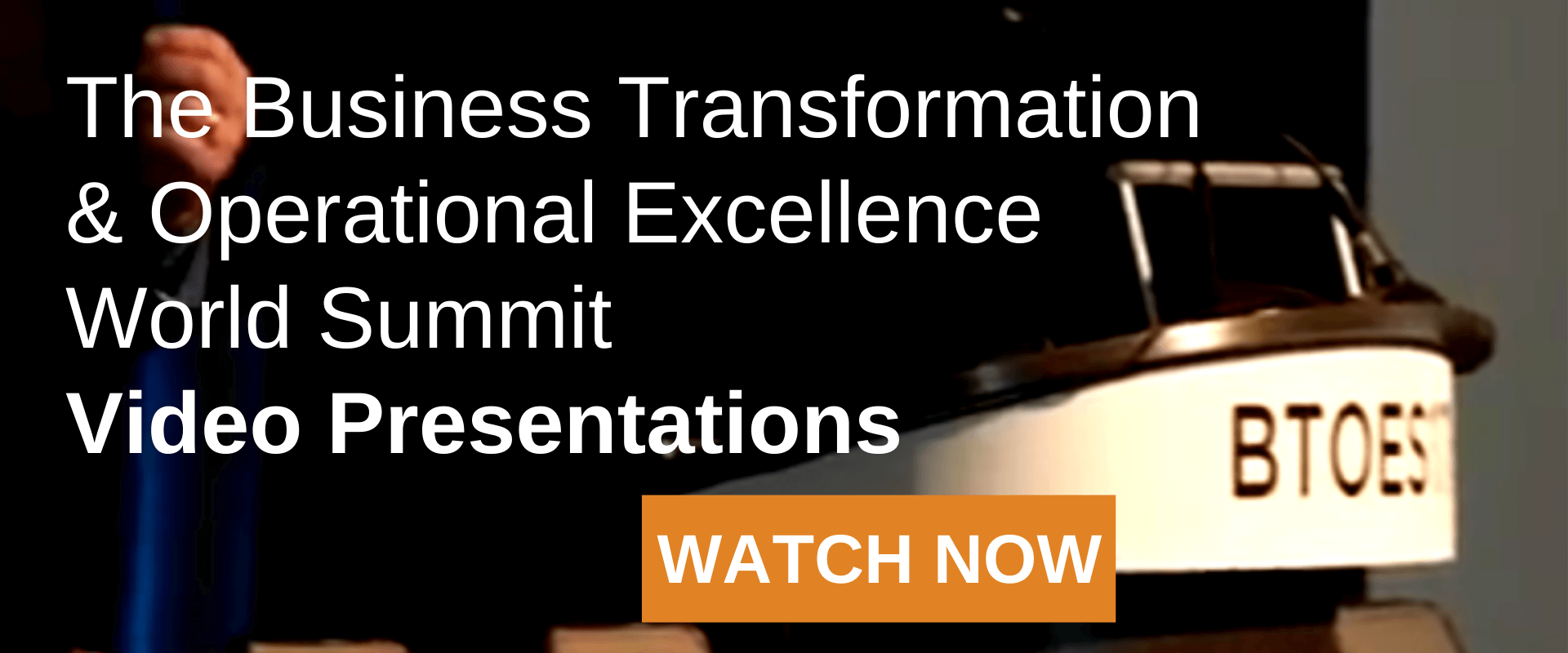









.png)
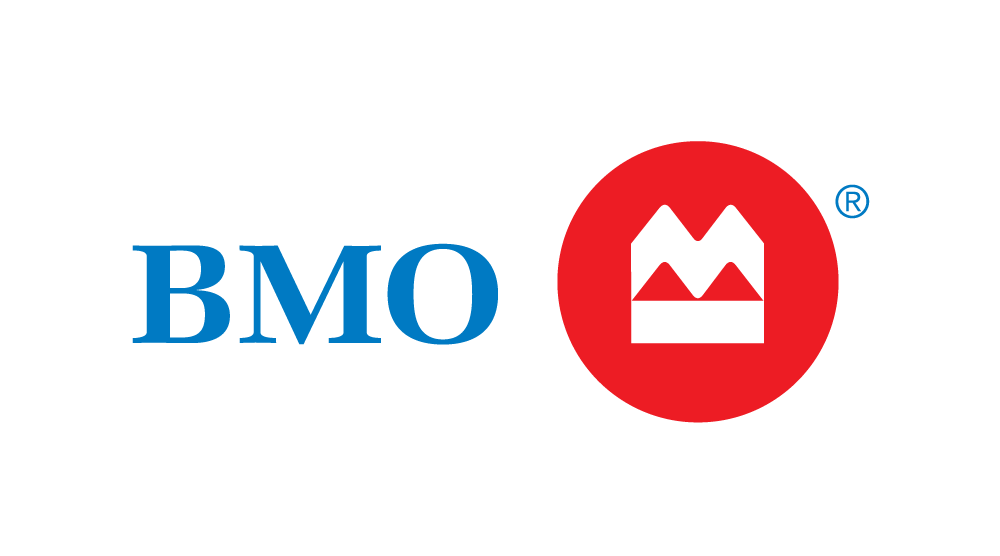
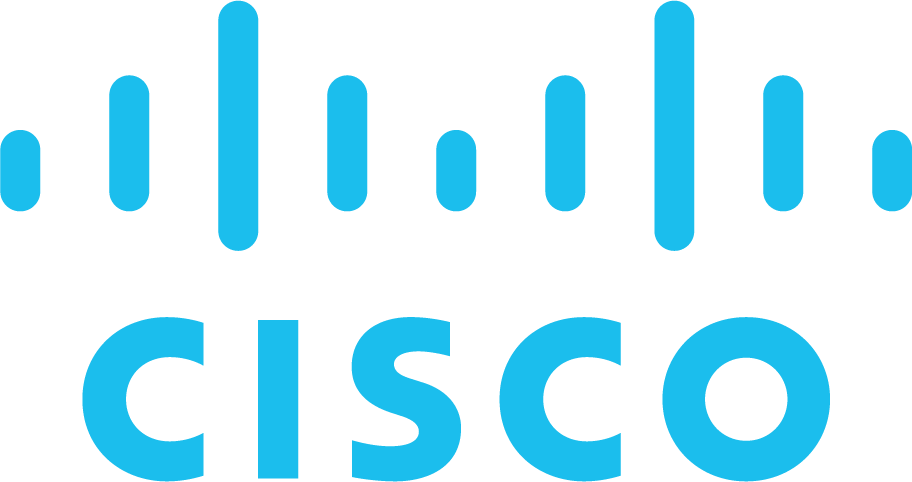

.png)



























